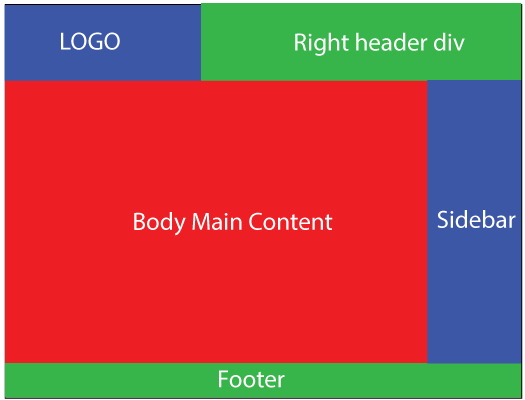

Ideally, we would get a higher resolution photo for our cover image. In addition, the cover photo isn't filling at 100% because Bootstrap only sizes images to their maximum native resolution. The menu also still has the "Bootstrap look" with gray colors and is not customized. The responsive menu works OK, but you may prefer the right-float on the menu we had before, to give your logo/brand it's own space. How does this look if we use a larger screen (turn off the responsive design in the development tools)? The site works just fine, it's just sized to fill the entire browser:

We also added some padding to the contact div because Bootstrap zeroes out the top margin for headings. To change this, you could add the following to styles.css: It gives you a fast an easy way to learn the latest features of Bootstrap so that you can take advantage of them in your. bg-light style that applies the gray background. This tutorial teaches you Bootstrap 4 through ten interactive screencasts. Use the Inspector in the developer tools, then click on the nav element and look at the styles applied. For now, let's simply turn off the light gray background color, to show you the quick and easy way to customize Bootstrap. Normally you should customize this to provide some personalization for your brand. Bootstrap includes a responsive grid system for varying layouts.

Modern browsers such as Chrome, Firefox, Opera, Safari, and Internet Explorer support Bootstrap. It contains pre-built components and design elements to style HTML content. One of the downsides of using Bootstrap is that you are going to get a site that looks like a bunch of other sites. Bootstrap is a popular front-end framework for web development. This gives us this menu, while turning on Chrome's responsive design mode: You can see that I replaced Navbar with the name of the restaurant, removed the dropdown menu, disabled item, and search box, and put in three basic menu items to mirror our previous site design.


 0 kommentar(er)
0 kommentar(er)
